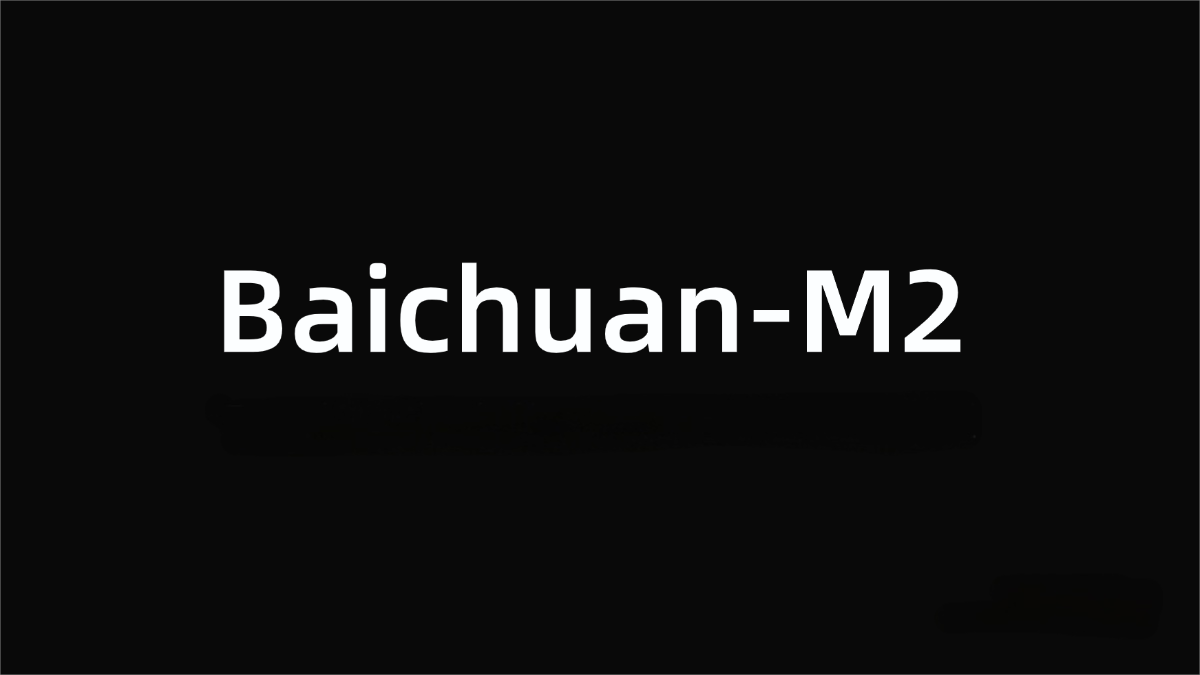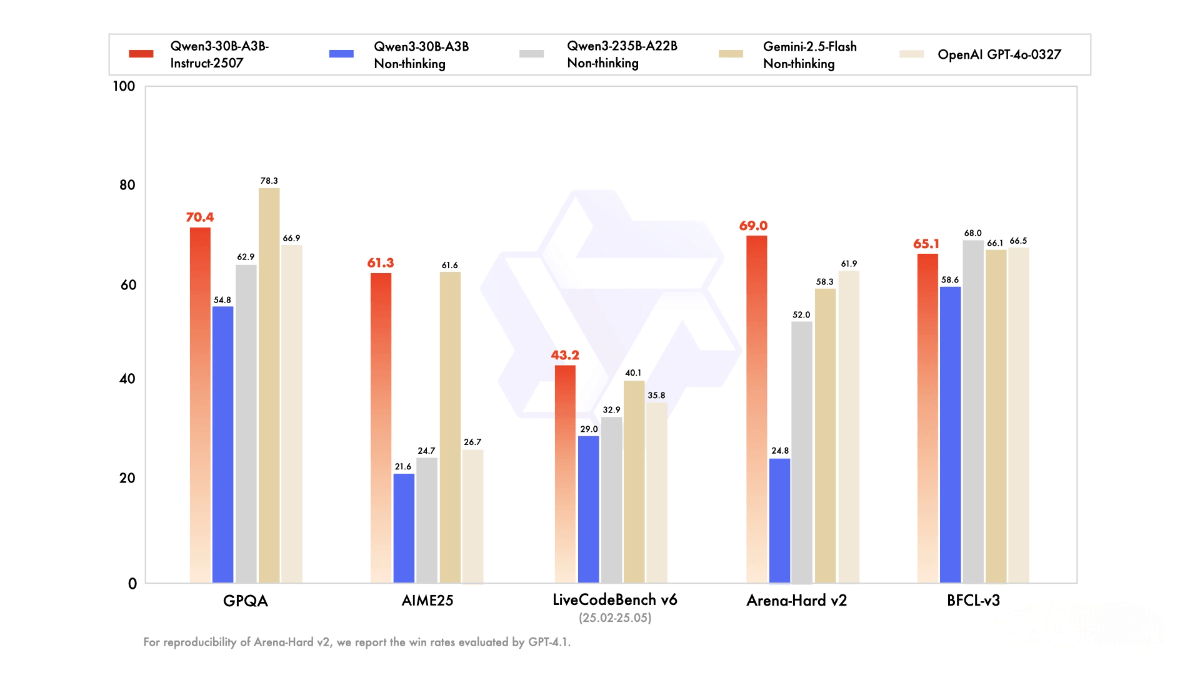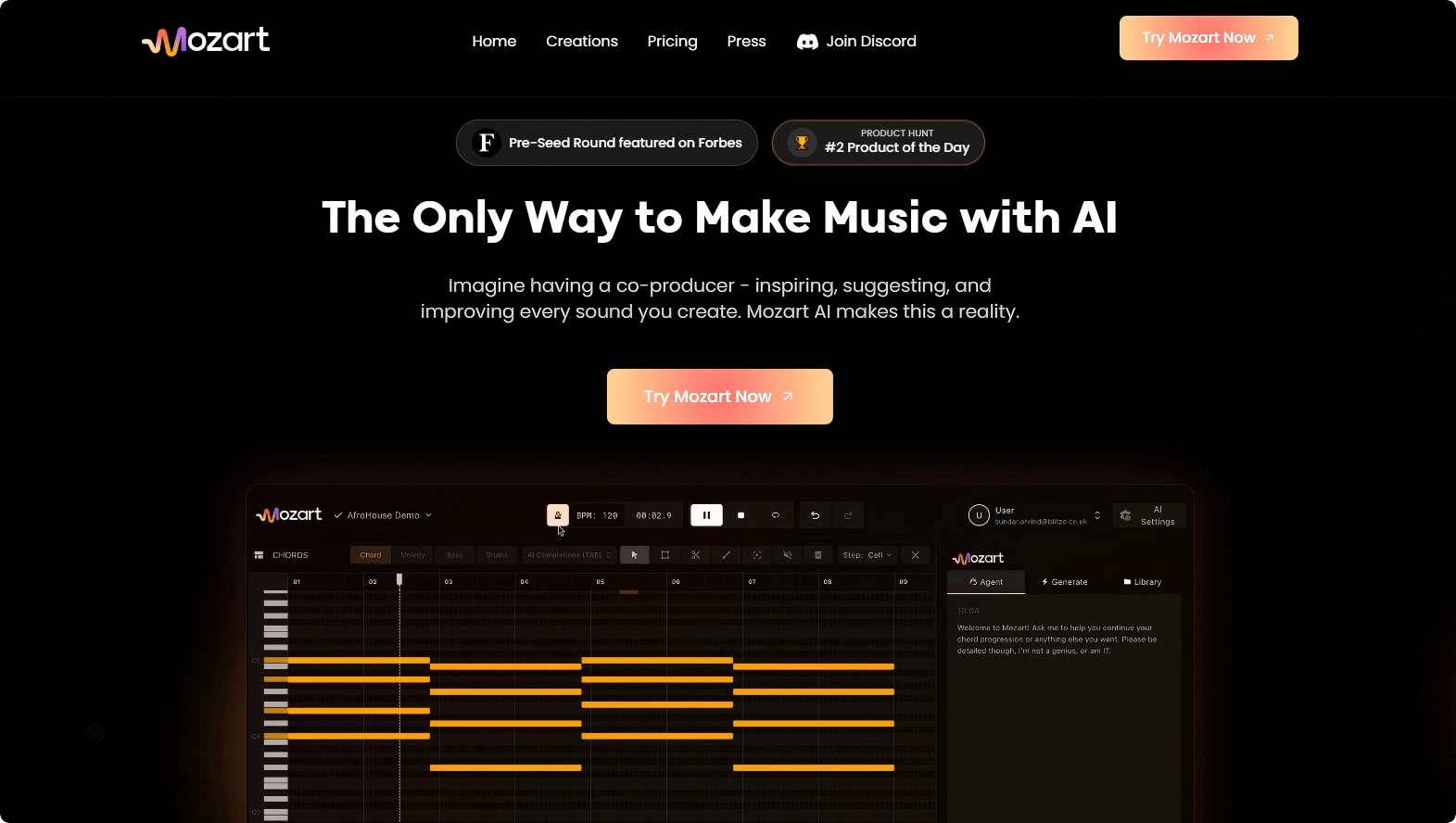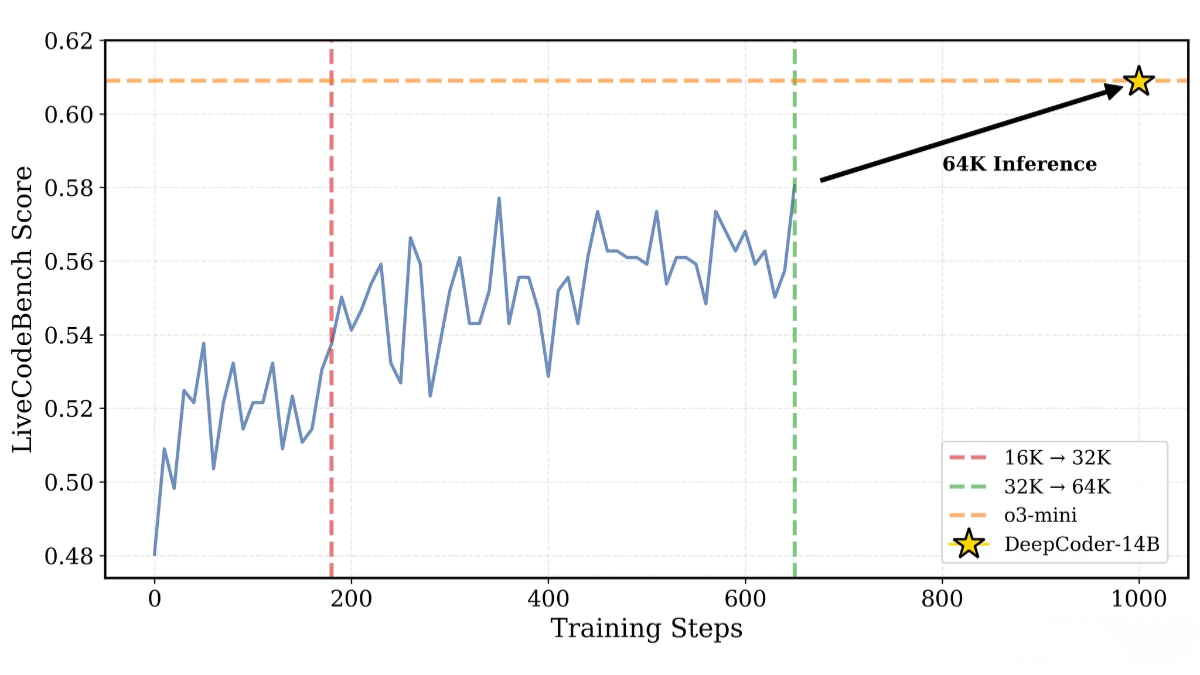ContentV – A Text-to-Video Model Framework Open-Sourced by ByteDance
What is ContentV?
ContentV is an open-source text-to-video generation framework developed by ByteDance, featuring an 8-billion-parameter model. It replaces the 2D-VAE of Stable Diffusion 3.5 Large with a 3D-VAE and introduces 3D positional encoding, enabling rapid adaptation of image models for video generation. The model is trained using a multi-stage strategy: first building temporal representations from video data, followed by joint training on both image and video datasets. Training efficiency is enhanced through video duration and aspect ratio bucketing, dynamic batch sizing, and progressive training—first increasing duration, then resolution. It also employs the Flow Matching algorithm for improved efficiency.
In reinforcement learning, ContentV adopts a cost-effective framework that requires no additional manual annotations. Instead, it improves generation quality via supervised fine-tuning (SFT) and reinforcement learning with human feedback (RLHF). A distributed training framework was built using 64GB memory NPUs, enabling efficient training of 480P, 24FPS, 5-second videos.
On the VBench benchmark, ContentV achieved a long-video score of 85.14, ranking second only to Wan2.1-14B, and received higher human preference ratings across multiple dimensions compared to CogVideoX and Moxin Video.
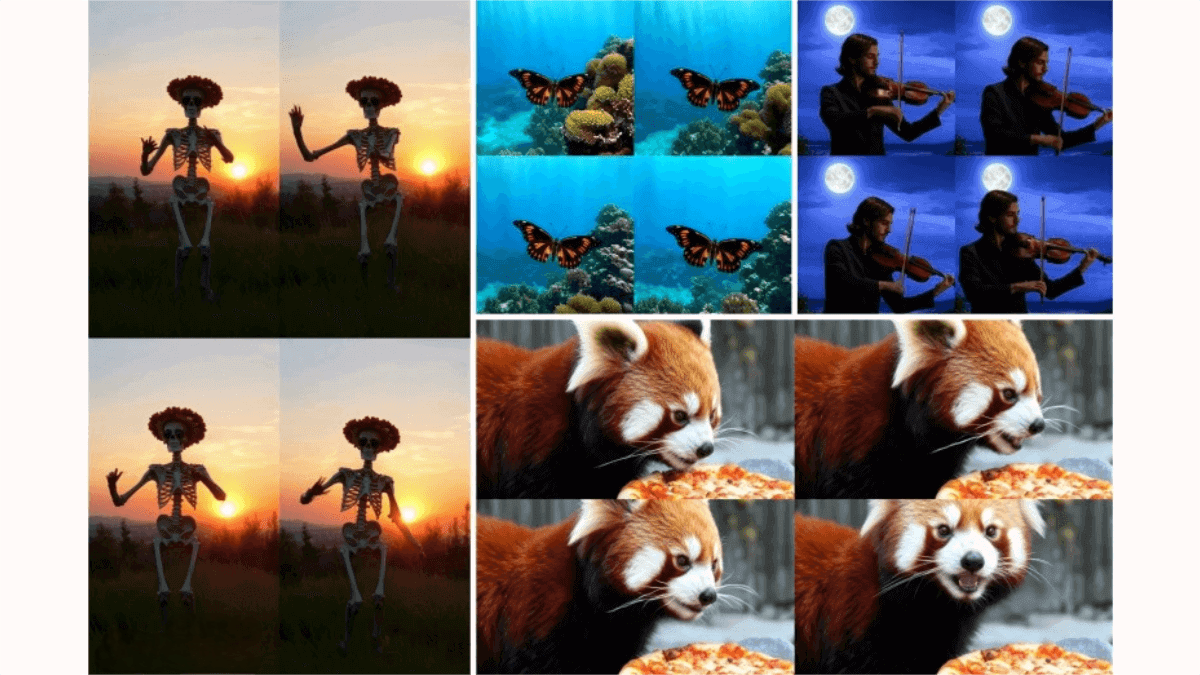
Key Features of ContentV
-
Text-to-Video Generation:
ContentV can generate a variety of videos from user-provided text descriptions. -
Custom Video Parameters:
Users can specify parameters such as resolution, duration, and frame rate—e.g., generate high-definition 1080p videos or short 15-second clips for social media. -
Style Transfer:
ContentV supports applying specific styles to generated videos, such as oil painting, anime, or retro aesthetics, giving the videos a distinctive artistic appearance. -
Style Fusion:
Users can blend multiple styles (e.g., sci-fi and cyberpunk) to create unique visual effects. -
Video Continuation:
ContentV can extend existing videos by generating coherent follow-up content that aligns with the original video’s content and style. -
Video Editing:
Users can modify generated videos—for example, by changing scenes or character actions—to meet different creative needs. -
Video-to-Text Description:
ContentV can generate textual descriptions of videos, enhancing user understanding and enabling bidirectional video-text interaction.
Technical Foundations of ContentV
-
Minimalist Architecture:
ContentV employs a minimalist architecture that maximally reuses pretrained image generation models for video generation. The core modification involves replacing the 2D-VAE in Stable Diffusion 3.5 Large (SD3.5L) with a 3D-VAE and adding 3D positional encoding. -
Flow Matching:
The model is trained using a flow matching algorithm that enables efficient sampling via direct probability paths over continuous time. It learns to predict a “velocity” that guides noisy samples toward real data, optimizing model parameters by minimizing the mean squared error between predicted and true velocities. -
Progressive Training:
Training starts with low-resolution, short-duration videos and progressively increases both, allowing the model to gradually learn temporal dynamics and spatial details. -
Multi-Stage Training:
Training includes three stages: pretraining, supervised fine-tuning (SFT), and reinforcement learning with human feedback (RLHF). Pretraining is conducted on large-scale data to build foundational image and video generation capabilities; SFT fine-tunes the model on a high-quality data subset to enhance instruction following; RLHF uses human feedback to further improve output quality. -
Reinforcement Learning with Human Feedback (RLHF):
ContentV uses a cost-effective RLHF framework to improve generation without the need for manual annotation. It optimizes the model to maximize reward scores while regularizing with KL divergence from the reference model, helping it generate content more aligned with human preferences. -
Efficient Distributed Training:
With 64GB memory NPUs, ContentV uses a distributed training framework that decouples feature extraction from model training. It integrates asynchronous data pipelines and 3D parallelism to enable efficient training of 480P, 24FPS, 5-second videos.
Project Links for ContentV
-
Official Website: https://contentv.github.io/
-
GitHub Repository: https://github.com/bytedance/ContentV
-
Hugging Face Model Hub: https://huggingface.co/ByteDance/ContentV-8B
-
arXiv Technical Paper: http://export.arxiv.org/pdf/2506.05343
Application Scenarios for ContentV
-
Video Content Creation:
Teachers can use simple text prompts to generate animated or live-action videos related to course material, making learning more engaging and interactive. -
Game Development:
ContentV can generate animated segments or cutscenes, helping game developers quickly create rich in-game content. -
Virtual Reality (VR) and Augmented Reality (AR):
Videos generated by ContentV can be used in VR/AR applications to provide immersive user experiences. -
Special Effects Production:
In film production, ContentV can generate complex visual effects such as sci-fi or fantasy scenes, aiding VFX teams in realizing creative concepts quickly.
Related Posts

